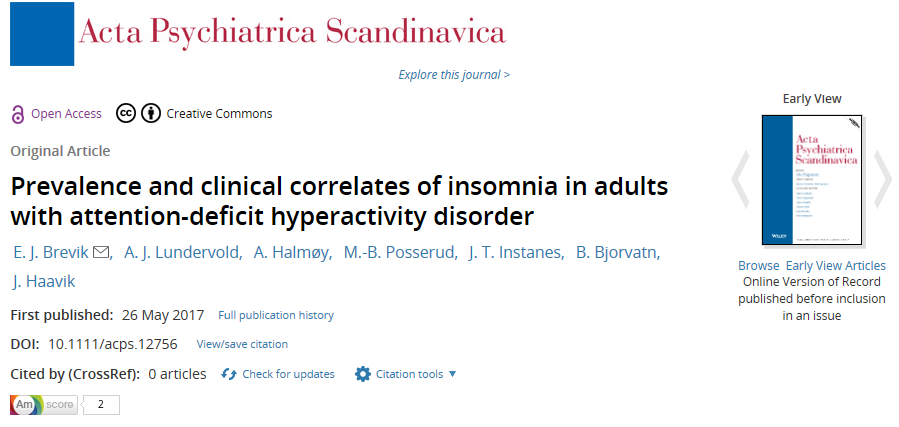Background: Tourette Syndrome (TS) is a neurodevelopmental disorder with childhood-onset, with a typical decline in tic severity, as well as an increasing ability to suppress tics in late childhood and adolescence. These processes develop in parallel with general improvement of self-regulatory abilities, and performance monitoring during this age-span. Hence, changes in performance monitoring over time might provide insight into the regulation of tics in children and adolescents with TS.
Method: We measured reaction time, reaction time variability, accuracy, and event-related potentials (ERP) in 17 children with TS, including 10 children with comorbid Attention-Deficit/Hyperactivity Disorder (ADHD), 24 children with ADHD, and 29 typically developing children, using a modified Eriksen Flanker task in two testing sessions administered on average 4.5 years apart. We then compared task performance, as well as ERP components across groups, and over time using regression models.
Results: Task performance improved in all groups with age, and behavioral differences between children with TS and controls diminished at second assessment, while differences between controls and children with ADHD largely persisted. In terms of ERP, the early P3 developed earlier in children with TS compared with controls at the first assessment, but trajectories converged with maturation. ERP component amplitudes correlated with worst-ever tic scores.
Conclusions: Merging trajectories between children with TS and controls are consistent with the development of compensatory self-regulation mechanisms during early adolescence, probably facilitating tic suppression, in contrast to children with ADHD. Correlations between ERP amplitudes and tic scores also support this notion.

